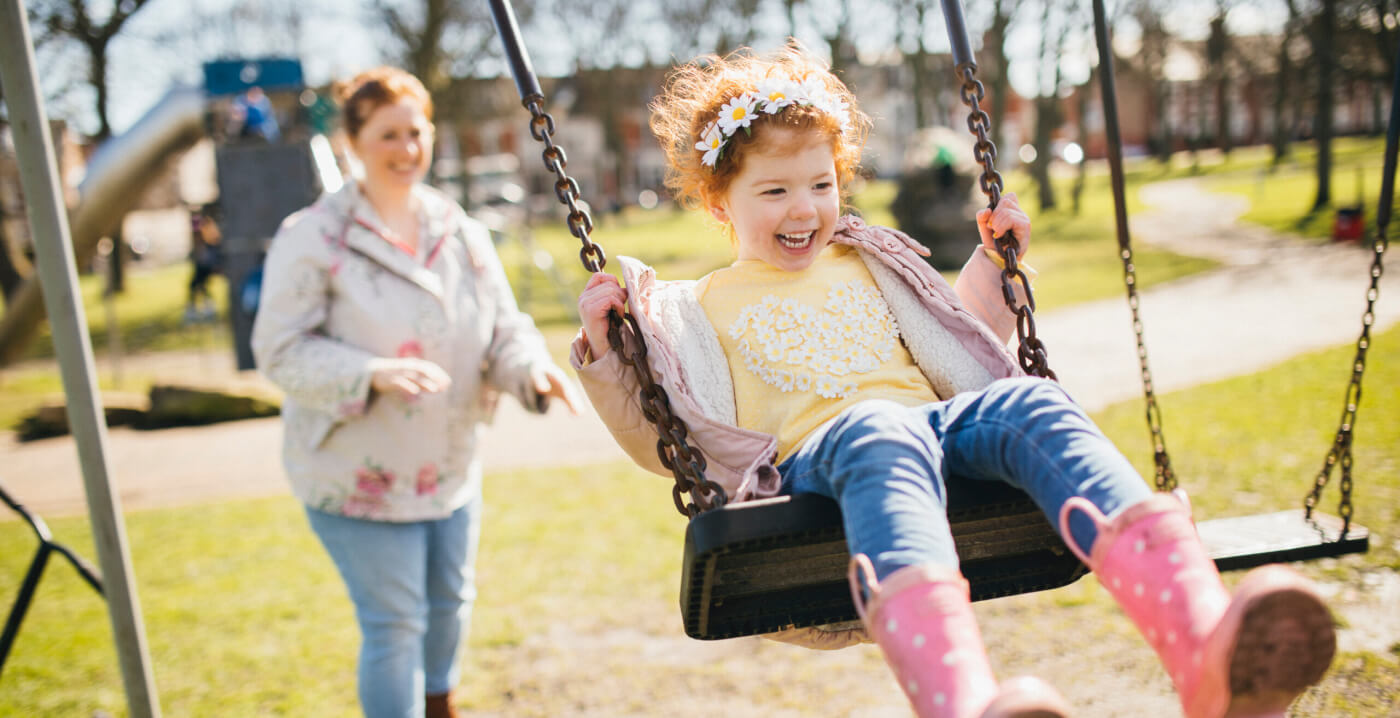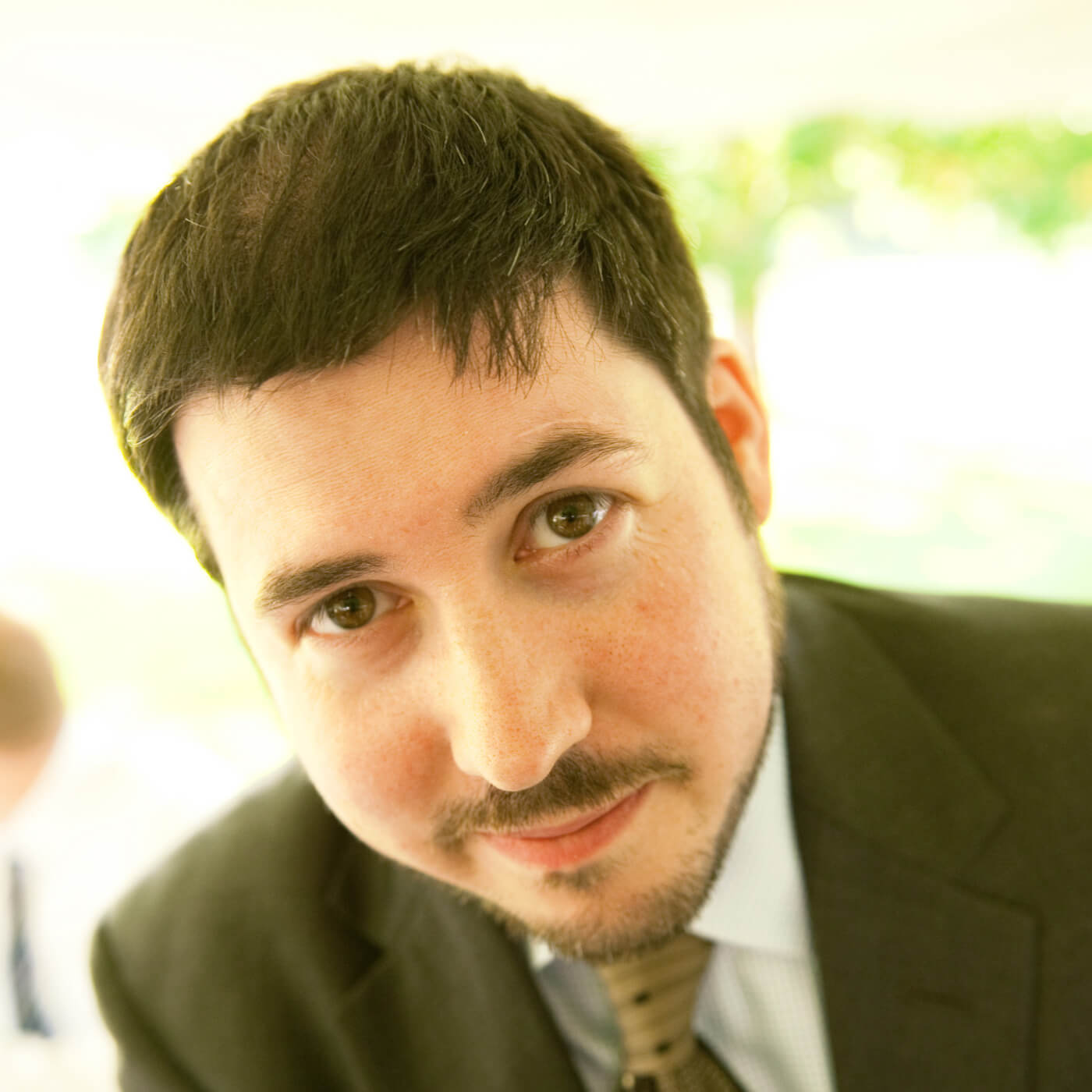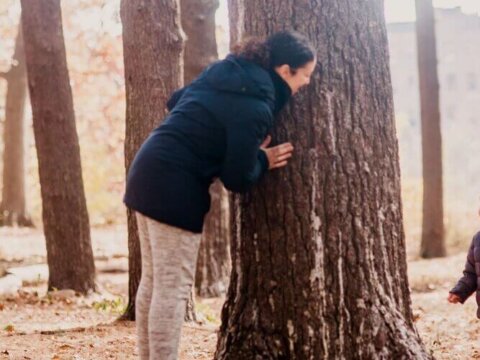A natural remedy: For social workers striving to help keep kids out of foster care, nature-based interventions can be a powerful tool
After years of excuses and worry, a family finally goes camping together — and loves it. Kids who sometimes struggle to connect find that conversation flows a little more freely when they recline and rock in hammocks. On the shore of the Pacific Ocean, a family of Haitian immigrants reconnects with the ocean, relishing the opportunity to play — and laugh — with ease. It’s easy to envision the power of nature as a tornado or tsunami, but it can also manifest far more gently, and in ways that can help children change and grow for the better.
“I’ll take a mom and her boys to a little park, or even just the kids if the parents aren’t up for it,” said Brianna Tanyi, a Clinical Social Worker for Casey Family Programs (CFP). Tanyi, who is based in Seattle, Washington, views nature-based experiences as a tool in her kit to help kids and families open up in ways that can be elusive in more conventional settings. “They start sharing and talking outside in ways you wouldn’t normally hear in their conversation,” said Tanyi. “Or they’re just quiet, and that says something too.”
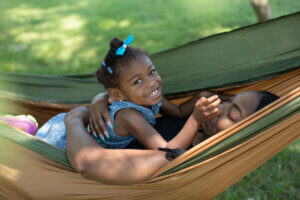
Photo courtesy of Nappy Studio. Click to learn more.
For Tanyi and her colleagues at Casey Family Programs, who work with children in foster care or who are at risk of entering foster care, the natural world plays an increasingly important role in connecting with these children, as well as connecting with the families and guardians who care for them. Nature-based interventions — which can be as simple as walking and talking in the outdoors, or as involved as a camping trip — are offering social workers and therapists a way to bridge communication gaps and provide tiny doses of tangible joy that can add up to something significant over time.
Tanyi said that she starts by exploring a family’s relationship with nature before bringing them outdoors or using it as a bridge for communication. But if the children and caregivers are open to it, it’s a great way to establish rapport and even give kids much needed exercise. “I’ve taken a lot of families on a picnic,” she said. “Or not even a picnic — we just go to the park and I encourage everyone to put away their phones. If it’s OK with them, I’ll take pictures and share them afterwards. They just love the pictures, because it’s everyone having fun. It’s like: ‘Ohhh! Look at you!'”
A NATURAL CONNECTION FROM COAST TO COAST
CFP is the nation’s largest operating foundation focused on safely reducing the need for foster care in the United States. It undertakes its mission in various ways in all 50 states, Washington, D.C., Puerto Rico, the U.S. Virgin Islands and with tribal nations across North America.
For Patsy Sellars, the Managing Director in charge of direct service operations for CFP, nature-based interventions are a way to engage young people and their families, and tap into the environment’s healing potential in a way that delivers proven benefits.
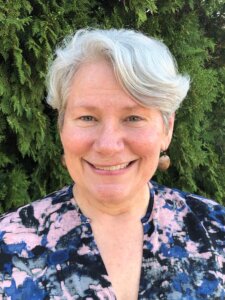
Patsy Sellars of Casey Family Programs
A 2018 magazine cover story spurred Sellars to make the connection between CFP and nature-based interventions. The headline, recalled Sellars, read: The newest miracle cure is free. “You open it up and it’s about the healing potential of nature across many different domains and so we started looking into that,” said Sellars. She sent an email to CFP’s staff who were leading the group’s efforts on trauma-informed healing and the response was immediate — the idea resonated.
“We started thinking intentionally about educating parents regarding outdoor spaces in their own home area, their backyards, in playgrounds near their home, green space in their apartment complex — and thinking about bigger spaces,” said Sellars. “So it was a bit of an educational process, both for our staff, and then in the sharing of that information with kids and families.”
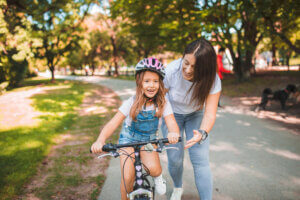
iStock.com/vlada_maestro
SEEING NATURE THROUGH A CULTURAL LENS
Like so many things, the way families view nature has a cultural aspect. Access to parks was historically restricted, noted both Tanyi and Sellars, and in many cases families don’t feel safe in outdoor spaces. Finding a good fit between a family and the appropriate style of nature-based intervention is key. Part of being able to make that connection, said Tanyi, comes from her own life story.
“For me, nature-based intervention has always been a part of my life,” said Tanyi. “Even as a kid, I would find myself climbing a tree and just sitting there and feeling. Or playing outside as much as I could and watching the animals. Even watching the leaves in the wind. So I’ve always kind of been that person.” A background in connecting with nature — plus nearly 20 years working in a Native community, and three years in Africa in the Peace Corps — have put Tanyi in a strong position to connect with children and families using nature-based experiences. And the results, she said, are worth the effort.
“There are all these chemical responses to being outside in nature,” said Tanyi. “We need sunlight in our eyes to set off these chemical reactions in our brain and increase serotonin and happiness.”
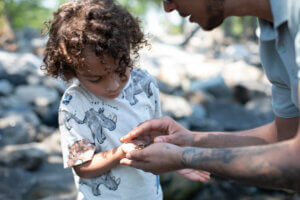
Photo courtesy of Nappy Studio. Click to learn more.
Research backs up and expands upon Tanyi’s sense of the physical healing power of nature; various studies support the idea that learning and playing in nature can increase vitamin D levels, reduce the risk of obesity, improve relationship skills, and reduce stress, anger and depression. And evidence collected via a partnership between the Children & Nature Network and Casey Family Programs supports the idea that nature can help children recover from Adverse Childhood Experiences (ACEs).
Tanyi, like other social workers from CFP, stresses the importance of being culturally sensitive in general — and in particular, when introducing families to nature. Every family, she emphasizes, has a potentially different relationship and comfort level with nature. And sometimes making the right fit can be a powerful thing, she said, recalling a time she brought a family from Haiti on a trip to the beach. “They hadn’t seen the ocean since coming to the U.S., and they went swimming — it was the first time I saw the mom laugh,” said Tanyi. “The water meant something to them culturally. It was very powerful and significant just to see the salt water, and go swimming. It was amazing.”
- Nature helps children recover from Adverse Childhood Experiences, a toolkit produced by the Children & Nature Network and Casey Family Programs
- Casey Family Programs website
- Benefits of nature-based interventions for children encountering ACEs, an infographic in English or Spanish
- Nature as a pathway for healing from ACEs, an infographic in English or Spanish
- Research Digest: Therapeutic use of nature, June 2021
- Research Digest: Family engagement with nature, May 2022
- The equigenic effect: How nature access can level the playing field for children, a Finding Nature News feature by Cathy Jordan
- Nature’s Role In Promoting Resilience, Regulation And Recovery, an annotated bibliography
-
Network News
POLICY UPDATE: Policy and advocacy for the children and nature movement
-
Voices
Binoculars, bald eagles and my journey as a Black birder
-
Richard Louv
THE WONDER BOWL: Ten Spring and Summer Nature Activities for Kids and Adults
-
Network News
Minneapolis Spotlight: The promise and possibilities of parks for youth
-
Voices
Why nature is my motherhood ally


